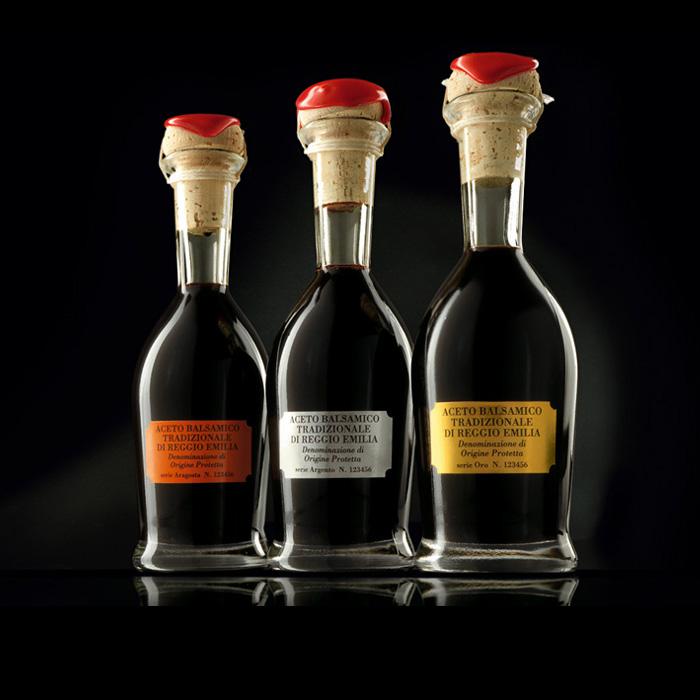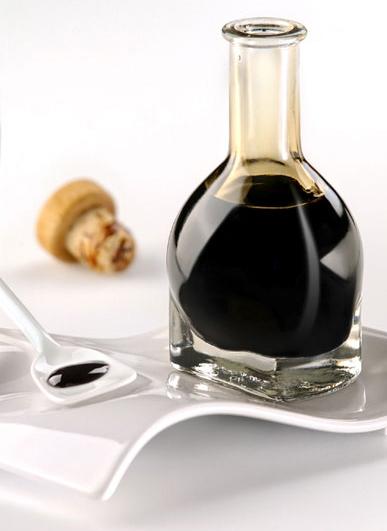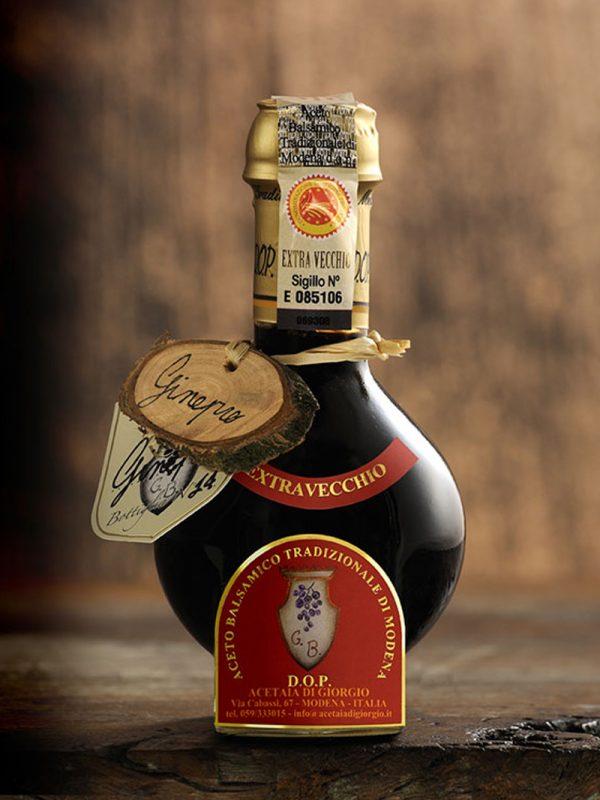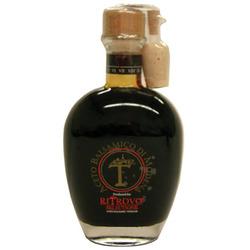
3 minute read
A Brotherhood of Balsamic
There are two true balsamic vinegars (cousins if you will) that are regulated by the European Community though the Consortiums. A brotherhood of balsamic whose aims are to respect the traditional manufacturing process, to promote research in the field and to ensure high quality in the final product.
• Aceto Balsamico Tradizionale di Modena DOP (Traditional Balsamic Vinegar of Modena with DOP certification) or Aceto Balsamico Tradizionale di Reggio
Advertisement
Emilia DOP (Traditional Balsamic Vinegar of Reggio Emilia with DOP certification)
• Aceto Balsamico IGP (Balsamic Vinegar with IGP certification).
Balsamic Vinegar of Modena can only be produced in the provinces of Modena and Reggio Emilia.
What’s the DOP?
DOP is a designation that indicates Product Denomination of Origins. It is a certification, promise and guarantee that the product was made by local farmers and artisans using traditional methods. By law, only an aceto balsamico with DOP certification can carry the word “traditional” on the label.
• production area
• types of grapes
• one ingredient
• type of barrels
• time of aging
• no addition additives
To ensure the quality as a designated product of origin (DOP), Traditional Balsamic Vinegar (Aceto Balsamico Tradizionale) must comply with the following specific procedures and production methods
• it must be produced only in the provinces of Modena and Reggio Emilia in Italy
• it must be made from the pure juice of any of five grape varieties sourced in Modena or Reggio
• it must contain one ingredient: mosto cotto (grape must), the reduced grape juice from the above grapes
• it must be aged in one of six types of barrels: cherry, mulberry, juniper, oak, ash or chestnut
• it must be aged for a minimum of 12 years in a battery containing at least 3 casks
• it must contain no added caramel, flavorings or coloring
Bottling Balsamic in Modena
When the balsamico is ready to be sold, the entire amount is sent to the local Consortia in the Reggio Emilia or Modena provinces for a mandatory blind tasting. By Italian law, Traditional Balsamic Vinegar DOP must undergo strenuous sensory evaluation and laboratory analysis before it is released to the public to be certified to taste and quality by a judging panel from the Consortium.
Once approved these rare vinegars earn the privilege of being bottled in unique 100 ml. bottles characteristic of their respective regions; the Modenese use the distinctive flask shaped bottle created by Giorgetto Giugiaro of Ferrari design fame.

Bottling Balsamic in Reggio Emilia
If the product is from Reggio Emilia it is bottled in an upside-down bellshaped flask.
Reggio Emilia designates the diff ages of their balsamic ( Aceto Balsamico Tradizionale di Reggio
Emilia) by label color.
A red label means the vinegar has been aged for at least 12 years, a silver label that the vinegar has aged for at least 18 years and a gold label designates the vinegar has aged for 25 years or more.
Modena uses a different system to indicate the age of its balsamic vinegars (Aceto Balsamico Tradizionale di Modena).
A white cap means the vinegar has aged for at least 12 years and a gold cap bearing the designation extravecchio (extra old) shows the vinegar has aged for 25 years or more.


Protected
Geographical Indication
Balsamic vinegar with IGP (PGI) protected geographical certi fi cation, although less strict still ensures a product with historical culinary significance and there are many very good balsamics made outside of Consortium restrictions.
Quality producers use the same designated grapes of geographical origin with traditional methods of barrel aging but for a less lengthy period of time (3-5-7 years) resulting in excellent balsamic vinegars made by tradizionale producers looking to provide a similar product at a more accessible price point.
Note that the word "aged" can appear on an IGP balsamic label if the product has matured in wood barrels for more than three years. Quality IGP balsamic vinegars of Modena and Reggio belie their age and modest price being generally less expensive than their DOP counterparts. However aged, IGP balsamics (less acidic, viscous with more concentrated must and more time in the barrels) can still be expensive. Bright and energetic IGPers still have a depth and balsamic personality that make them very sought after and preferred because they are thought by some to be more versatile and multitasking in the kitchen.
The addition of small amount of wine vinegar in an IGP balsamico may be used to balance the acidity. This is not a balsamic deal breaker. It is not unconventional nor untraditional. There are various family recipes dating back to the1600s for Balsamic Vinegar that list the mixing of red wine or red wine vinegar with a “traditional” pure balsamico.









